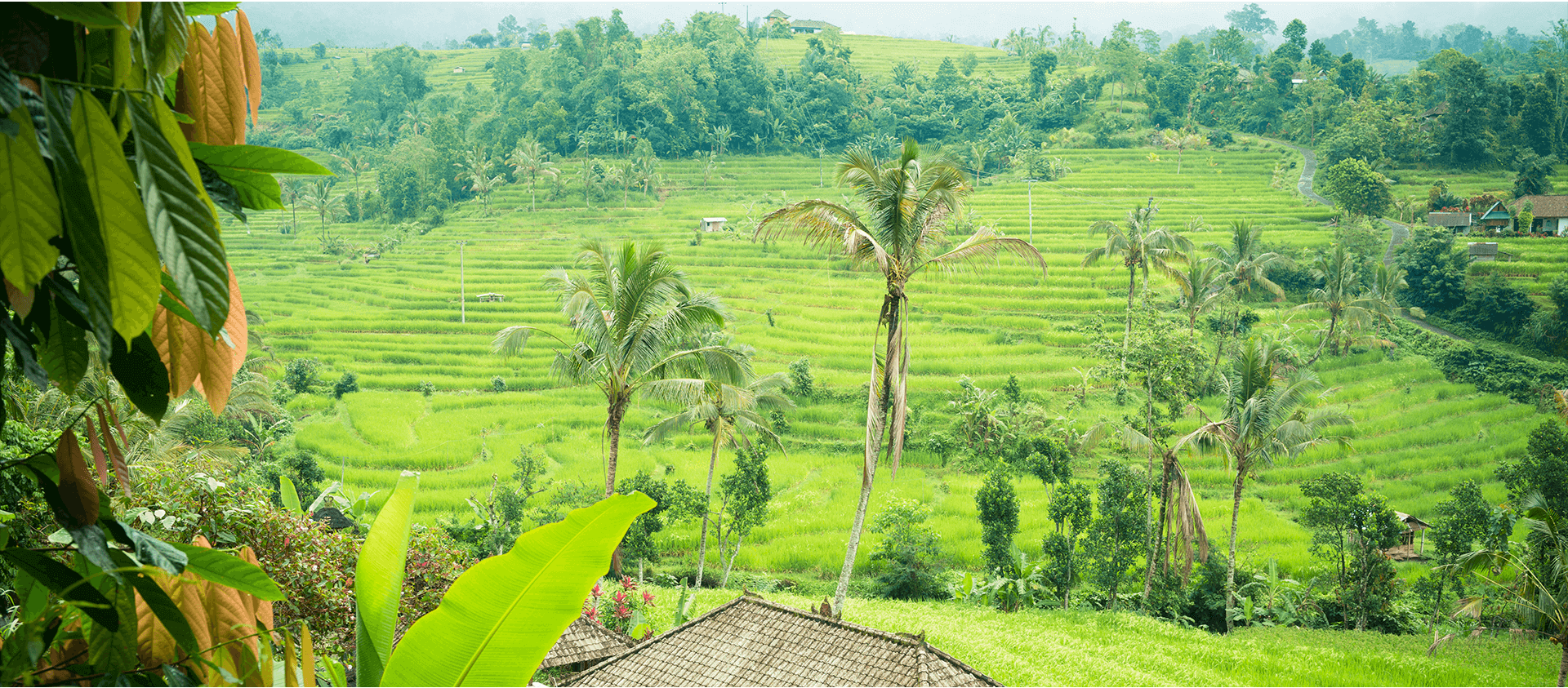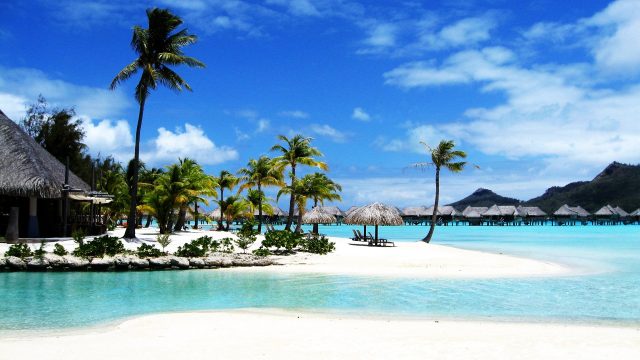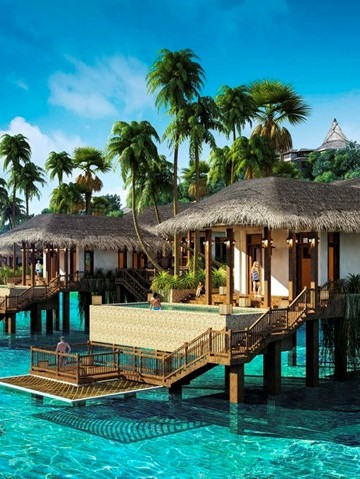TRAVEL EXPERIENCES IN MEKONG DELTA, VIETNAM
20-03-2019Touring the orchards, paddy fields and swamplands of the Mekong Delta, you could be forgiven for thinking you’ve stepped into the pages of a geography textbook. A comma-shaped flatland stretching from Ho Chi Minh’s city limits southwest to the Gulf of Thailand, the delta is Vietnam’s rice bowl, an agricultural miracle that pumps out more than a third of the country’s annual food crop from just ten percent of its total land mass. Rice may be the delta’s staple crop, but coconut palms, fruit orchards and sugar-cane groves also thrive in its nutrient-rich soil, and the sight of conical-hatted farmers tending their land is one of Vietnam’s most enduring images. To the Vietnamese, the region is known as Cuu Long, “Nine Dragons”, a reference to the nine tributaries of the Mekong River, which dovetail across plains fashioned by millennia of flood-borne alluvial sediment.
.jpg)
Surprisingly, agriculture gripped the delta only relatively recently. Under Cambodian sway until the close of the seventeenth century, the region was sparsely inhabited by the Khmer krom, or “downstream Khmer”, whose settlements were framed by swathes of marshland. The eighteenth century saw the Viet Nguyen lords steadily broaden their sphere of influence to encompass the delta, though by the 1860s France had taken over the reins of government. Sensing the huge profits to be gleaned from such fertile land, French colons spurred Vietnamese peasants to tame and till tracts of the boggy delta; the peasants, realizing their colonial governors would pay well for rice harvests, were quick to comply. Ironically, the same landscape that had served the French so well also provided valuable cover for the Viet Minh resistance fighters who sought to overthrow them; later it did the same for the Viet Cong, who had well-hidden cells here – inciting the Americans to strafe the area with bombs and defoliants.
A visit to the Mekong Delta is so memorable because of the region’s diversity. Everyday scenes include children riding on the backs of water buffalo or cycling to school through country lanes clad in white ao dai; rice workers stooping in a sea of emerald; market vendors grinning behind stacks of fruit; bright yellow incense sticks drying at the roadside; flocks of storks circling over a sanctuary at dusk; Khmer monks walking mindfully in the shadow of pastel pagodas; locals scampering over monkey bridges or rowing boats on the delta’s maze of channels.
.png)
Many visitors spend a day or two in Can Tho, the delta’s biggest settlement, to take advantage of its decent hotels and restaurants and to recharge batteries before venturing out to the floating markets nearby. From Can Tho, there’s something to be said for dropping down to the foot of the delta, where the swampland that surrounds Ca Mau can be explored by boat, and Mui Ca Mau signals journey’s end in Vietnam. Pulling up, en route, at the Khmer stronghold of Soc Trang is especially rewarding if your trip coincides with the colourful Oc Om Bok festival (Nov or Dec), during which the local Khmer community takes to the river to stage spectacular longboat races. Northwest of Can Tho meanwhile, and a stone’s throw from the Cambodian border, is the ebullient town of Chau Doc, south of which Sam Mountain provides a welcome undulation in the surrounding plains. The opening of the border here has brought a steady stream of travellers going on to Phnom Penh by boat, and several of them rest up a few days here before leaving the country.
Ha Tien, a remote border town surrounded by Khmer villages, is the best place to hop on a boat to Phu Quoc. The town has also become popular for its international border crossing, which allows beach bums to slide along the coast from Phu Quoc Island to Sihanoukville in Cambodia or vice versa.
Given its seasonal flooding, the best time to visit the delta is, predictably enough, in the dry season, which runs from December to May.




.jpg)
.jpg)
.jpg)
.jpg)
.jpg)
.jpg)
_.jpg)
.jpg)
.jpg)
.jpg)
.jpg)
.jpg)
.jpg)